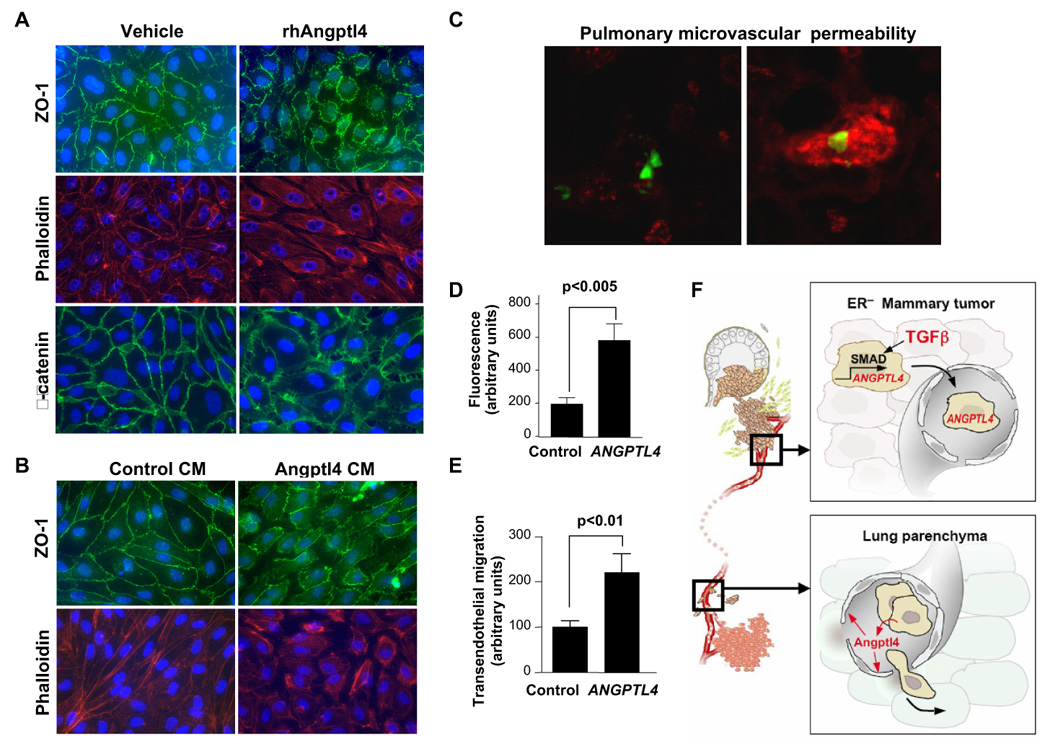Figure 6. ANGPTL4 mediates endothelial monolayer disruption, lung capillary permeability, and trans-endothelial tumor cell migration.

(A) HUVEC monolayers were grown to confluence on fibronectin coated slides and then treated for 24 h with rhAngptl4. Slides were subsequently fluorescently stained with anti-ZO-1 antibody, phalloidin, and anti-β-catenin antibody.
(B) HUVEC monolayers were treated for 24 h with media conditioned by control LM2 cells or LM2 cells that overexpress Angptl4. Samples were stained for ZO-1 and phalloidin.
(C) GFP-labeled MDA-231 cells were injected via the tail vein and allowed to lodge in the lungs. One day post injection, a rhodamine-dextran dye was injected into circulation. Three hours after dye injection, lungs were extracted and frozen sections were obtained. Representative confocal images are shown here of cells with and without accumulation of dye in the lung parenchyma.
(D) Images were obtained as described in (C) with control or Angptl4 overexpressing MDA-MB-231 cells. A region of interest was drawn around the GFP-labeled cells and the amount of dextran dye was quantified based on rhodamine emissions. n=40 cells; error bars indicate s.e.m; p-values calculated using the one-tailed unpaired t-test.
(E) Indicated cell lines were seeded into trans-well inserts that were previously covered with a HUVEC monolayer. Cells that migrated cross the endothelial layer into the bottom side of the transwell membrane were quantified with Volocity software. n=15, error bars indicate s.e.m; p-values calculated using the one-tailed unpaired t-test.
(F) Schematic model of the cytokine relay set up by TGFβ activity in the primary tumor. ER− primary tumor cells that are exposed to TGFβ respond with ANGPTL4 induction via the Smad pathway. As they enter the circulation and reach the lung capillaries, these cells secrete Angptl4 which disrupts endothelial cell junctions thereby enabling the cancer cells to more efficiently enter the lung parenchyma.
